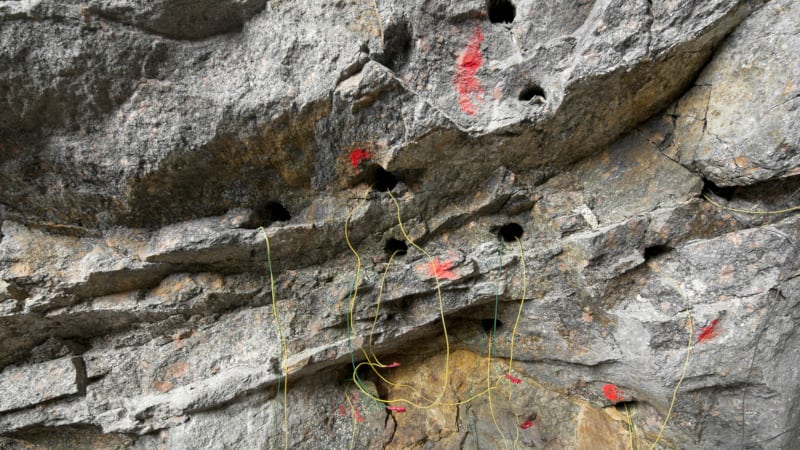
Without knowing exactly what is going on in the air contained within an underground mine in the couple of hours after a blasting exercise, deciding when it is safe to send miners back inside the affected area of the mine can seem like educated guesswork.
Granted, previous experiences and data can be used to determine when the mine can reasonably be expected to be safe and when in doubt, it is possible for personnel wearing protective equipment to be sent in to test the air quality, check for toxic or flammable gases, etc.
However, this approach relies on past information and a certain amount of speculation. Also, performing manual atmospheric testing within the mine is labour-intensive and time-consuming, and it doesn’t take account of actual conditions underground until a vast period of time has passed.
Of course, the safest bet would be to take a conservative approach and wait as long as possible before initiating post blast re-entry but deciding the time of re-entry requires that two competing factors are balanced: mine health and safety and productivity. Re-enter the mine too soon, and there is a risk of injury or health problems for the miners; wait too long, and costly production delays will result, damaging the mine’s profitability and viability.
The best approach in a modern mine is to make use of technology designed to determine exactly what the atmospheric conditions are in the affected zone.
An air-quality and gas detection system from Conspec Controls that incorporates Conspec’s state-of-the-art Atmospheric Sensors deployed in strategic locations around the mine, coupled with a real-time MineHop data telemetry system from Newtrax, will provide accurate underground atmospheric data that:
- Allows for real-time monitoring of gas and temperature levels after blasting
- Removes human error as a risk factor in the monitoring of gas and temperature levels
- Reduces the waiting time between blasting and re-entry
- Is obtained by using equipment that is completely portable and can easily be re-deployed to another area by an underground team
This all leads to better decision-making that balances non-negotiable mine health and safety with the need to minimise production disruptions and delays.

